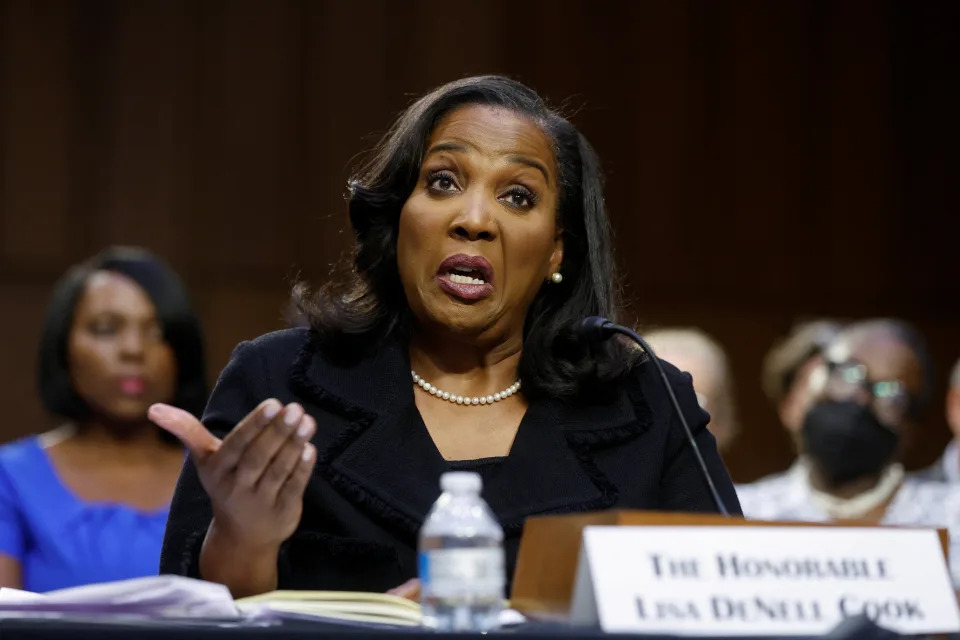News
Fed officials signal more gradual approach to lowering rates as 2025 begins
Federal Reserve governor Lisa Cook said Monday it makes sense to lower interest rates more gradually given resilience in the job market and stickier-than-expected inflation.
"I think we can afford to proceed more cautiously with further cuts," Cook said in a speech in Ann Arbor, Mich.
The Fed rate cuts made since September have "notably reduced the restrictiveness of monetary policy," she added. The Fed has now lowered short-term rates by a full percentage point to a range of 4.25%-4.50%.
Read more: What the Fed rate cut means for bank accounts, CDs, loans, and credit cards
Cook became the latest Fed official in the new year to offer cautious commentary on the path forward for the central bank.

Fed governor Adriana Kugler and San Francisco Fed president Mary Daly over the weekend both said that the Fed has more work to do to bring inflation down, but that they don’t want to weaken the job market further as they focus on that task.
"We are fully aware that we are not there yet — no one is popping champagne anywhere," Kugler said at the annual American Economic Association conference in San Francisco. "And at the same time ... we want the unemployment rate to stay where it is" and not rise aggressively.
The unemployment rate stands at 4.2% as of November. Friday brings a fresh reading on the labor market, with economists expecting the jobless rate to hold steady at 4.2%.
Economists do expect to see a gradual cooling in jobs, with 153,000 jobs added in December compared with 227,000 in November.
Central bank officials will also be paying close attention to inflation as they prepare for their next meeting on Jan. 28-29 following the inauguration of Donald Trump as president on Jan. 20.
The last reading of the Fed’s preferred inflation gauge — the Personal Consumption Expenditures (PCE) price index — showed an easing to 2.4% in November. That is down considerably from a peak of 7.2% in June 2022 but still above the Fed’s 2% goal.
When excluding volatile food and energy costs, the so-called core PCE was down to 2.8% in November — compared with a peak of 5.6% in September 2022.
Cook said Monday that inflation readings can be volatile month to month and that the process of bringing inflation back down to the Fed’s 2% goal could still be a "bumpy" one.
But she said she believes the latest inflation data is still consistent with a trend of returning to 2% inflation over time. She expects housing services inflation to slow this year since the increase in rents charged to new tenants has come down.
The cautious approach of lowering inflation while maintaining a solid job market comes ahead of a new Trump administration that is expected to push tariffs and tax cuts that could create policy uncertainty for Fed officials.
Cook said she always envisioned moving more quickly in the early stages of the Fed’s rate easing campaign and then cutting more gradually as the policy rate came closer to neutral — the rate that neither boosts nor slows economic growth.
"Over time, I still think it will likely be appropriate to move the policy rate toward a more neutral stance," she said.

